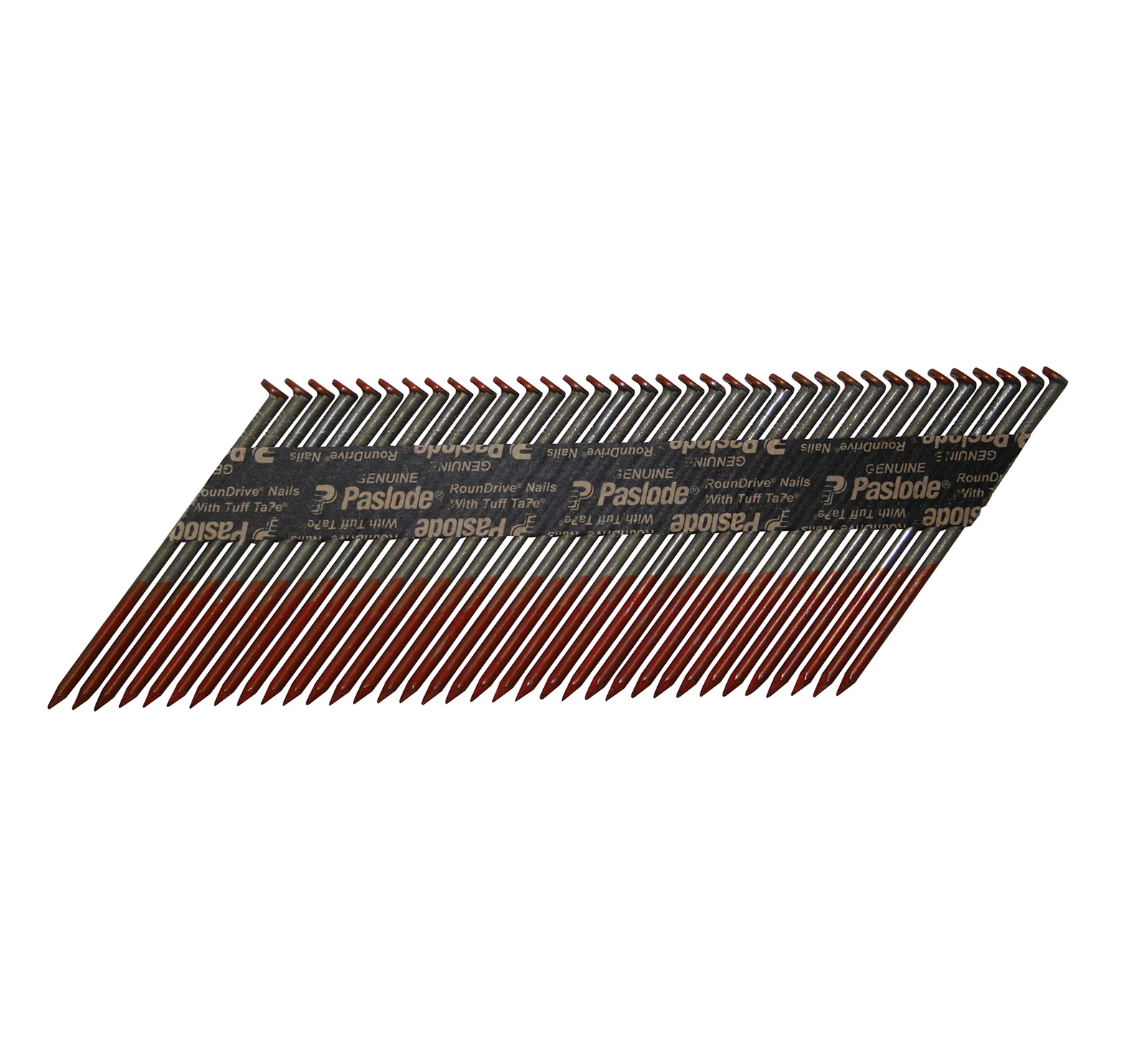Here’s How to Choose Nails for Your Next Project
The right nails will make any repair or home improvement project last longer and look better. While on the surface nails look somewhat similar, they’re actually highly specialized fasteners with crucial differences in design and utility. Here’s how to find the right nails for your next project.

Popular Types of Nails
Nails are uniquely designed — with specific heads, shanks, points and coatings — to optimize their use for different purposes and materials. Here are the most common types of nails you’ll want to reach for when doing projects and home improvements.









Nail Anatomy
As previously discussed, different nails have different design features, with nail heads, points and shanks largely defining a nail’s intended use. Here’s why each factor matters.
| Nail Heads | The nail head absorbs the hammer’s driving power, securing objects in place. • Flat head nails: Large, flat surface for easy striking and extra holding power • Checkered flat head nails: Cross-hatched surface pattern reduces slippage when hammering at an angle • Cone or cupped nails: Can be countersunk out of sight with the use of a nail set and hammer |
| Nail Points | Choose a sharp or dull nail point, depending on materials. • Angled diamond point: General use • Long diamond point: Drywall and materials where splitting is not a concern • Dull or blunt point: Prevents wood from splitting as they break through multiple fibers at once, versus chiseling them apart |
| Nail Shanks | The nail shank (or shaft) affects drive and strength. • Smooth shank: Good holding power in wood fiber • Screw shank: Ideal for hardwood flooring and decking, since the threaded shank spirals into the material for greater holding strength • Ring shank: Great for outdoor structures prone to high wind or cyclical moisture, as each groove locks into wood to create the strongest possible bond |
Nail Materials and Finishes
Nails also come in a variety of materials and finishes. Choose your finish based on its intended use and location. Here are the most common nail materials and finishes.

Steel Nails
The most common material, steel offers superior strength, but is not corrosion resistant.

Stainless Steel Nails
Strong and durable stainless steel offers strength coupled with corrosion resistance.

Aluminum Nails
Ideal for aluminum trims and gutters, the aluminum nail is both lightweight and corrosion resistant.

Copper Nails
A specialty material, the copper nail is the perfect partner for copper flashing or ceiling tiles.

Bright Nails
This finish refers to a raw, untreated and uncoated metal nail.

Galvanized Nails
This nail has been treated with a corrosion-resistant coating.

Hot-Dipped Galvanized Nails
Dipped in liquid zinc to provide good corrosion resistance, this finish is the best for exterior applications.

Vinyl-Coated Nails
This coating improves a nail’s holding strength and driveability into various materials.

Cement-Coated Nails
This finish provides greater holding strength and makes nails easier to drive.